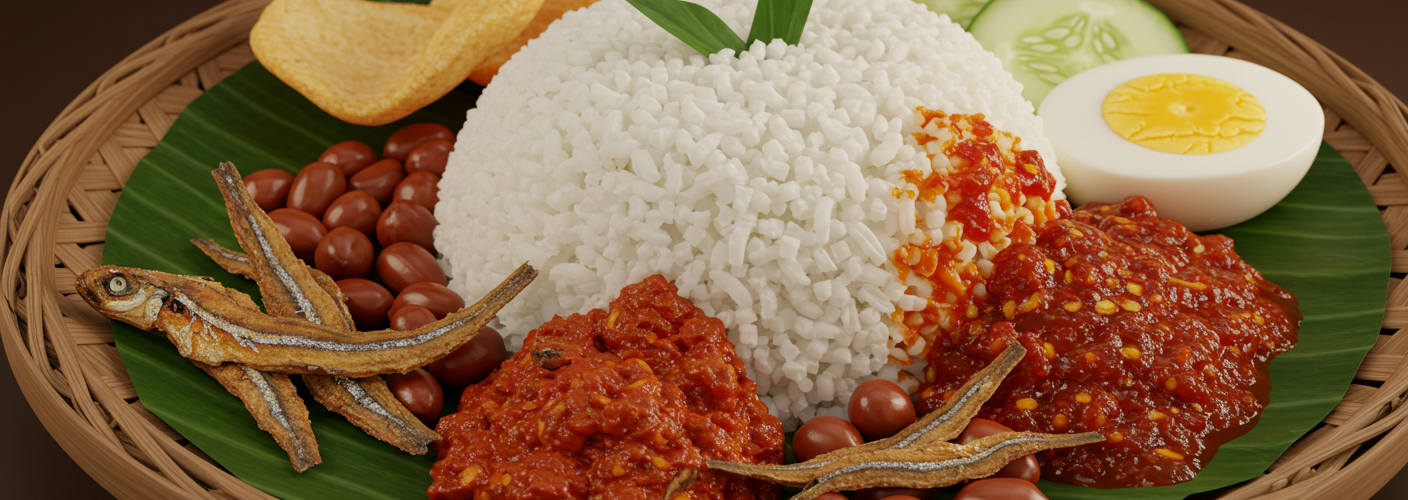Nasi lemak is often hailed as Malaysia’s national dish, deeply embedded in the country’s cultural identity and culinary heritage. This aromatic rice dish is not only a staple in local households, but it also comes with an array of delightful accompaniments that make it a beloved meal any time of the day.
At its core, nasi lemak is rice cooked in creamy coconut milk, infused with the fragrant essence of pandan leaves. The preparation method is simple yet meticulous, as the rice must be washed and soaked before being cooked to perfection. The addition of coconut milk not only gives the rice its rich texture but also delivers a subtle sweetness and a rich flavor that sets it apart from other rice dishes.
To achieve the signature aroma, pandan leaves are often tied into knots and added during the cooking process. The leaves lend a unique fragrance reminiscent of vanilla and grass, elevating the dish’s overall sensory experience. Once cooked, the rice is fluffy and perfectly moist, creating a lush base for the accompanying elements of a traditional nasi lemak serving.
Nasi lemak is typically served with an array of sides that enhance its flavor and offer a balanced and satisfying meal. One of the most common accompaniments is a spicy sambal, a chili paste made with a blend of fresh chilies, garlic, and shrimp paste. This sambal is essential, providing the dish with its much-loved heat and depth. The fiery flavor of sambal is a delightful contrast to the creamy coconut rice.
Other traditional side dishes often served with nasi lemak include crispy fried anchovies, boiled eggs, roasted peanuts, and cucumber slices. Each component complements the others, creating a harmonious mix of flavors and textures. The crunch from the anchovies and peanuts, the refreshing bite of cucumber, and the creaminess of the rice come together in a delightful culinary experience.
In recent years, nasi lemak has evolved to accommodate a variety of tastes and dietary preferences. While the traditional setup remains a favorite, modern twists have emerged. Diners may now find variations featuring fried chicken, beef rendang, or even vegetarian versions that highlight fresh vegetables and tofu. Such adaptations allow nasi lemak to remain relevant in contemporary dining, appealing to a wider audience without losing its authentic roots.
Nasi lemak is not just limited to restaurants and roadside stalls; it is also a popular choice for breakfast, lunch, and dinner throughout Malaysia. Food vendors often package it in banana leaves or plastic containers for easy portability, making it a convenient meal option for busy days. Its affordability and satisfying nature make it a favorite among locals and visitors alike.
In conclusion, nasi lemak is more than just a dish; it embodies the rich culinary landscape of Malaysia. It showcases the way food can bring together different cultures while providing comfort and joy to those who indulge in it. Whether you’re enjoying a traditional plate at a local eatery or trying a modern interpretation, nasi lemak promises a delicious and unforgettable dining experience, inviting everyone to partake in its culinary charm.




Add comment